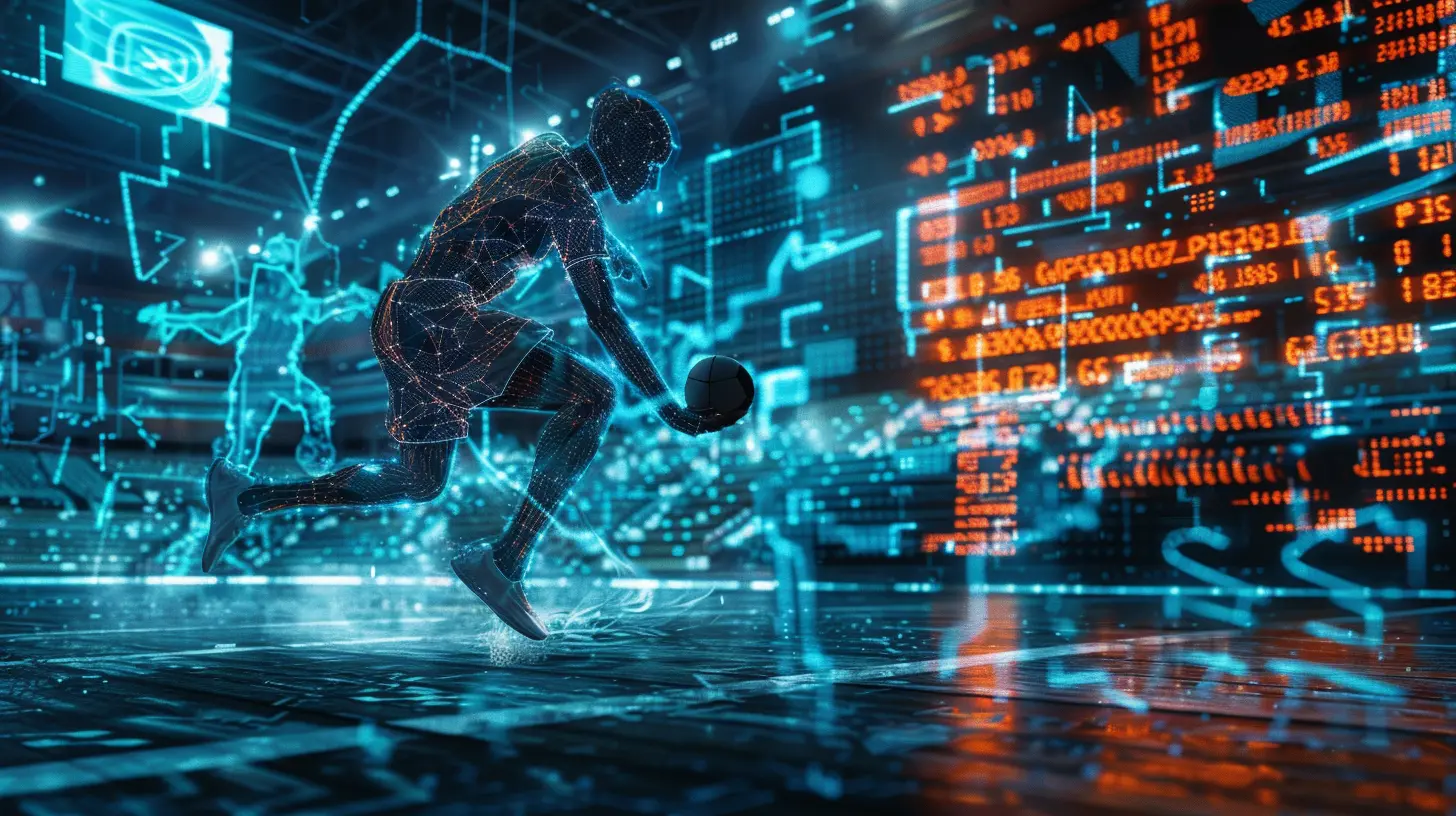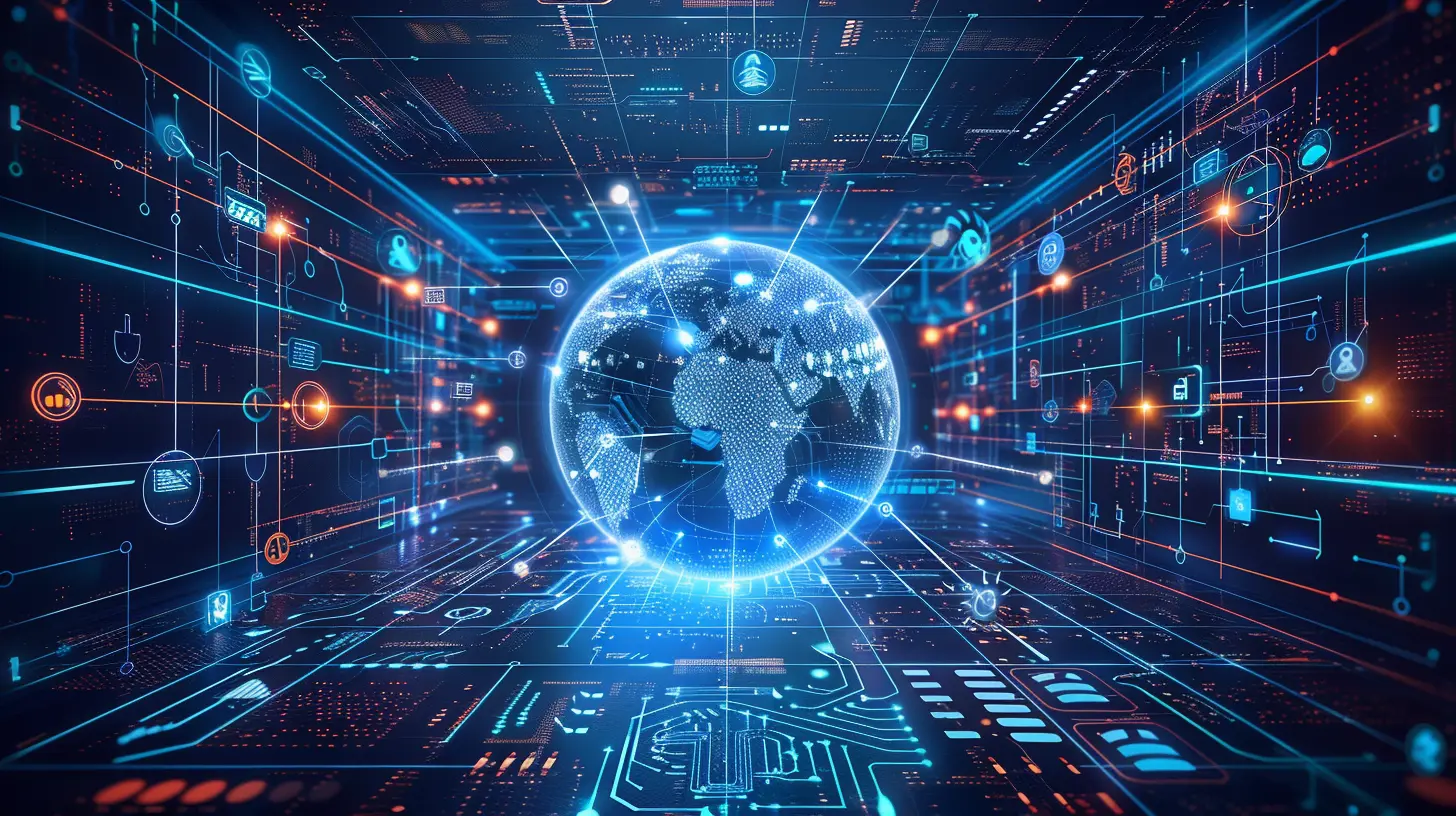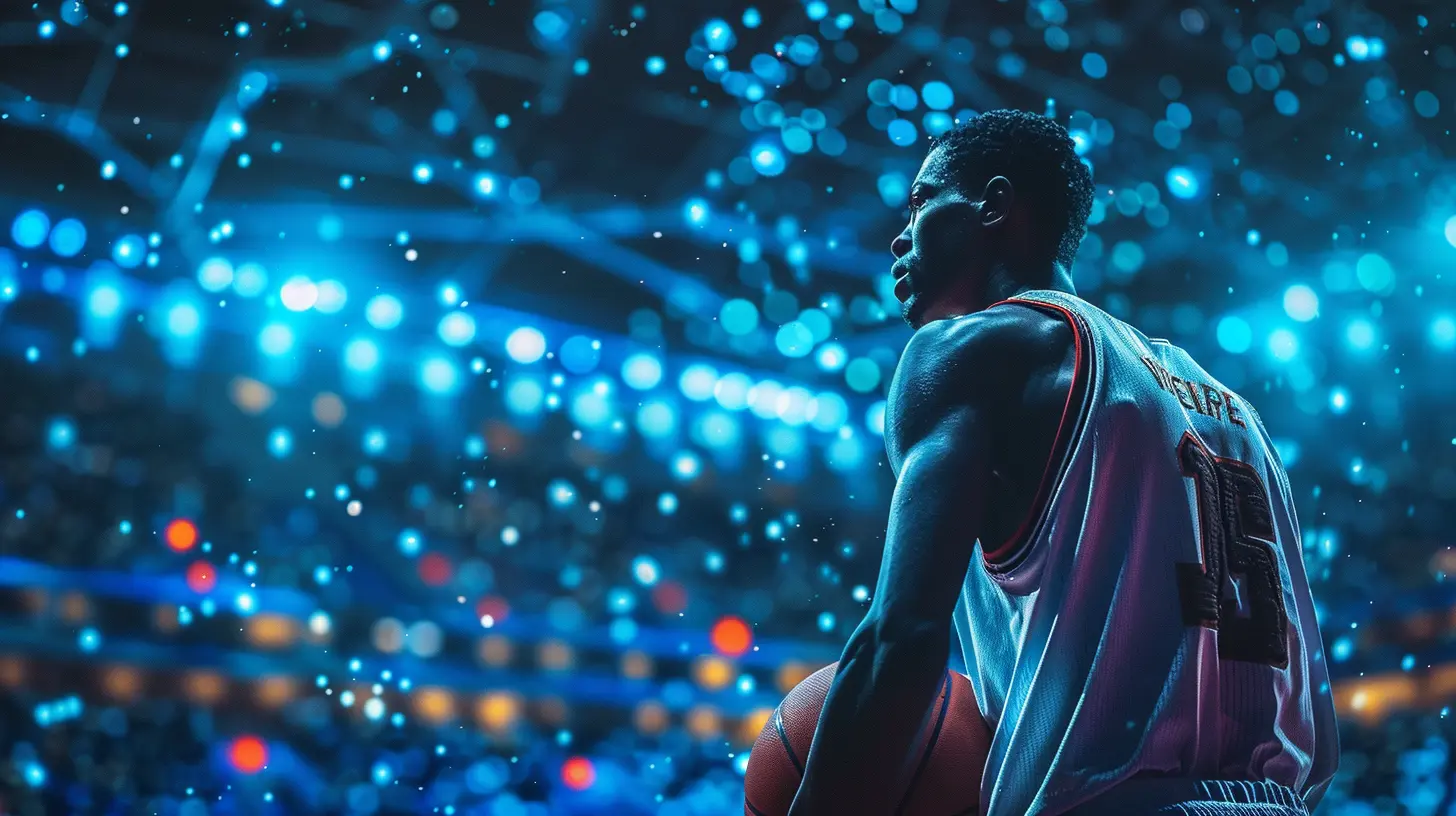The Role of AI in Shaping the Future of Virtual Sports
27 October 2025
Welcome to the digital coliseum, where athletes are algorithms, and stadiums are simulations. If someone told you a decade ago that you'd be cheering for an AI-generated soccer team or placing bets on a simulated Formula 1 race driven by code, you'd probably have laughed and reached for the potato chips. But guess what? The joke's on us—because the game has changed, literally!
Today, we're diving headfirst into the bold, fascinating, and sometimes downright wild world of AI and how it's shaking up virtual sports. We're talking game-changing innovations, next-level realism, and a whole new way to experience competition. So, buckle up, gamer and sports junkie alike—this ride is just getting started.
🎮 What Even Are Virtual Sports?
Before we throw AI into the mix, let’s get one thing straight—what the heck are virtual sports, anyway?At their core, virtual sports are computer-simulated games that mimic real-life sporting events. It's like watching your favorite team play, except the athletes are computer-generated, the games are played with pixel-perfect precision, and the outcomes are determined by algorithms instead of human hands (or feet).
We’re talking about virtual football, basketball, horse racing, tennis—you name it. You can watch them live 24/7, place bets, or even compete yourself. And here's where it gets juicy: AI is now stepping into the arena, ready to take this fantasy to a whole new level.
🤖 AI’s Grand Entrance into the Arena
So, what does Artificial Intelligence bring to the table? In one word: evolution. AI isn't just about flashy tech or robot commentators—it’s completely transforming the way virtual sports are created, played, and experienced.AI’s got a toolkit that includes:
- Machine learning to mimic real player behavior
- Natural language processing for smarter commentary and player interviews (yep, even the fake ones)
- Neural networks that adjust gameplay in real-time
- Predictive analytics that keep the "sport" side of virtual sports spicy and unpredictable
Basically, AI isn’t just playing the game—it’s rewriting the rulebook.
🧠 Hyper-Realism: AI’s Gift to Virtual Gameplay
Okay, let’s get into the nitty-gritty stuff. If there’s one thing AI truly excels at, it’s turning pixels into passion.🎯 Realistic Player Behavior
Ever watched a virtual soccer game and thought, “Whoa, that midfielder just pulled off a Messi-level feint”? That’s AI at work, baby. With machine learning, AI analyzes thousands of hours of real-life games to replicate player styles, decisions, and movements.The result? Players who think, react, and adapt like their real-life counterparts. From calculating optimal passing angles to pulling surprise tactics when you're least expecting it, AI makes the gameplay feel eerily human.
📽 Physics Engines + AI = Magic
Gravity, ball spin, friction—AI-infused physics engines make sure every bounce, pass, and slam dunk looks and feels like the real deal. If you're into details (like how a ball curves in mid-air due to spin), AI has got your back.
🧬 Personalized Gaming: AI Knows You Better Than You Do
Let’s talk personalization. Ever played a game where the difficulty level adapts to your style? That’s not just the game being “smart.” That’s AI pulling the strings behind the curtain.AI watches you play, learns your moves, and tailors the gameplay accordingly. If you’re an aggressive player, it’ll respond with tighter defenses. Prefer stealth and strategy? Get ready for some next-level mind games. It's like having a coach that’s also your toughest rival.
Plus, in esports training, AI can act as a sparring partner that improves alongside you. You’ll never train with predictable patterns again. Talk about next-gen coaching!
🗣 Smart Commentary & Narrative Building
Gone are the days of awkward, robotic play-by-play voices. Thanks to Natural Language Processing (NLP), AI-driven commentators are spitting out spicy, human-like banter in real time.And it's not just for kicks, either. AI creates dynamic narratives: rivalries between players, comeback stories, dramatic finishes. It weaves them into the gameplay, giving you that goosebump-worthy, edge-of-your-seat vibe that live sports bring.
Welcome to storytelling 2.0—where your virtual athlete isn’t just code, but a legend in the making.
💰 Betting on AI: The Future of Wagering
Let’s not pretend we don't love a little action on the side. Virtual sports betting has exploded in recent years, and AI is the game-changer here too.How? Well, AI ensures results are unpredictable but fair. It uses complex algorithms to simulate randomness while maintaining realism—so no, you can’t just outsmart the system with basic stats.
Better yet, AI can detect suspicious betting patterns in real-time. That’s right—AI is not only making virtual sports more fun to bet on, but also keeping it clean and corruption-free.
🎓 Training Real Athletes with Virtual Simulations
Yep, you read that right. Virtual sports aren't just for entertainment anymore—they're actually helping real-life athletes level up.AI-powered virtual simulations are being used in professional sports training. Athletes practice plays, decision-making, and strategies in simulated environments that mirror real-world unpredictability. You can thank AI for creating a risk-free space where players can screw up, learn, and evolve, all without breaking a sweat (well, almost).
This isn’t sci-fi. This is sports in the 2020s.
🧑💻 AI Managers, Coaches & Scouts
Imagine if your favorite team’s coach was powered by AI. Actually, don’t imagine—because it’s already happening.AI is now being used to analyze player performance, predict injury risks, and develop winning strategies. Virtual sports teams use AI-backed coaching systems that adjust formations, tactics, and rotations based on performance data—all in real time.
And it’s not just virtual players benefiting. Real-world scouts are using AI to identify talent by analyzing gameplay from virtual simulations. Crazy? Maybe. Effective? Absolutely.
🌍 Global Accessibility & Inclusion
One of AI’s biggest wins? Making virtual sports more inclusive and accessible.No need for fancy gear, leagues, or even a local team. Anyone with an internet connection can jump into the world of virtual sports, thanks to cloud-based AI platforms. Whether you’re in Nairobi or New York, the playing field is finally leveled.
Even better? AI can tailor experiences for people with disabilities. Adaptive controls, personalized interfaces, voice commands—AI is breaking down barriers one algorithm at a time.
⏳ The Future Looks... Freakin’ Amazing
Let’s talk future. What’s next for AI and virtual sports?- Fully immersive VR with AI opponents that learn and adapt in real-time
- Augmented reality sports arenas in your living room (#NoTicketsNeeded)
- Blockchain-integrated AI avatars that you can train, trade, and compete across platforms
- Live AI-powered fantasy leagues that shift weekly with adaptive player stats
We’re moving toward a reality where anyone can be a player, coach, commentator, or spectator—all from the comfort of their couch. AI isn’t just enhancing virtual sports—it’s becoming the lifeblood of the entire ecosystem.
🚨 But Wait—Is There a Dark Side?
Wouldn’t be fair to wrap this up without addressing the elephant in the server room.AI in virtual sports raises big questions around:
- Fairness and manipulation: If AI can learn and adapt, can it also cheat?
- Data privacy: AI feeds off our data—are we comfortable with that?
- Job displacement: Real coaches, commentators, and even athletes may need to pivot careers
The key? Regulation and transparency. We’ve got to make sure AI stays a teammate, not a rogue player.
🏁 Final Whistle: The AI Takeover Has Just Begun
So, here’s where we land: AI is not just a buzzword—it’s the MVP of virtual sports. From creating ultra-realistic gameplay to personalizing athlete experiences and powering the next wave of training, betting, and fandom, AI is calling the shots from the sidelines and beyond.Are we watching the end of traditional sports? Nope. But we are witnessing the rise of something new, electric, and undeniably exciting. The crowd may be virtual, but the thrill? Oh, it’s 100% real.
So grab your controller, fire up the console, and let that digital adrenaline flow. The future of sports isn’t coming—it’s already here.
all images in this post were generated using AI tools
Category:
Virtual SportsAuthor:

Ruben McCloud
Discussion
rate this article
1 comments
Buzz McBride
AI redefines competition, challenging our understanding of skill and authenticity in virtual sports.
November 10, 2025 at 1:53 PM

Ruben McCloud
Absolutely! AI not only reshapes competition but also prompts a reevaluation of what skill and authenticity mean in the rapidly evolving landscape of virtual sports.


